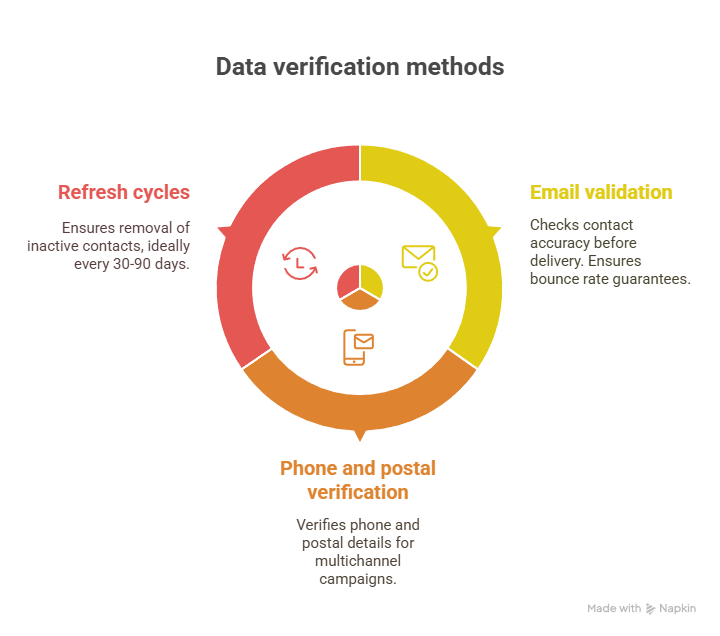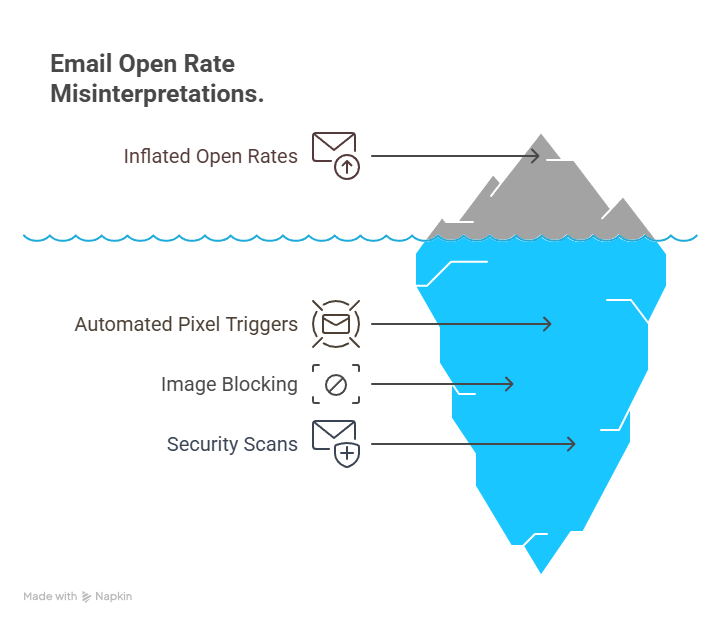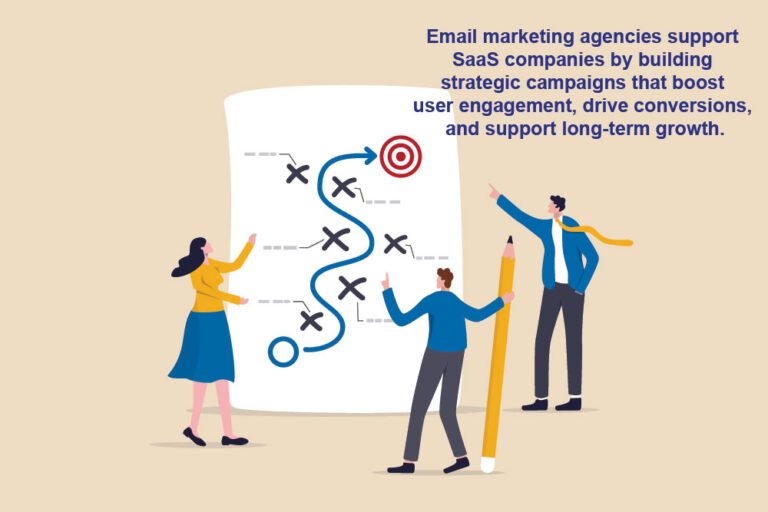
Big data technology has already proven itself in scientific fields. It’s been used to map genomes, find planets orbiting other stars, and make predictions about elections. The art of marketing also benefits from a more rigorous approach when creative content is combined with big data science. Here’s how marketing automation software is changing data marketing in surprising ways.
Recognizing Promising Leads
If your website gets 10,000 visitors in a week, can you reliably pick the 10 percent of them that are your most likely future customers? How about sorting the ones who are sales-ready from leads who still need some input before making a buying decision? It’s difficult for a human observer to spot small behavioral and contextual cues that signify interest, and it’s even tougher to scan that much information personally. Automated systems effortlessly compile information about each prospect’s time on site, correlate that with other behavioral data from other channels, and score leads to show you where your efforts are best spent.
Finding New Markets
When you have a good understanding of your current audience segments, you’re aware of emerging markets as soon as they appear. Without an analytical approach that tells you about your current audience and delineates some traffic as distinct from that audience, you could miss an outstanding opportunity to move into a new market space. Here’s a real-world example: Let’s say you sell refrigerated cases and equipment to retail locations. Your usual customers are supermarkets, bakeries, and delis, but your analytics show members of another industry visiting your site – florists. Retail florists also need refrigeration to keep their stock fresh, but you might not have recognized this audience right away if your marketing automation system hadn’t spotted them by noting their different demographic profiles.
Meeting Leads’ Needs
When you know more about your audience, you’re able to provide solutions to their specific problems. Big data technology collects huge volumes of information about your prospects and lets you see where their interests lie based on behavioral data. You can then address their needs directly instead of taking a scattershot approach and hoping some of your content hits the mark with potential buyers. You’ll see big data in action when you go to a major online retailer such as Amazon and find a list of suggestions based on your past browsing history or when you visit a search engine and allow the predictive text filler to auto-complete your query.
Improving Analytics
Demographic and firmographic data tell you who your audience is, but they’re notoriously vague about where individual members of that audience are in their buying process. Learning that takes much more information, including behavioral and contextual details that more sophisticated data science can give you. Tracking over time puts behaviors into context so you know when visitors are sending strong buying signals and when they’re comparison-shopping. You get data not only about their time on site, but also what they did there, where they came from, and where they’re headed.
Improved Visualization
Data science is complex; dashboard analytics don’t have to be. With marketing automation, the huge volumes of data the system takes in can be distilled into a few elegantly simple reports that show you what you need to know at a glance.
© Reach Marketing LLC 2016 All Rights Reserved.



